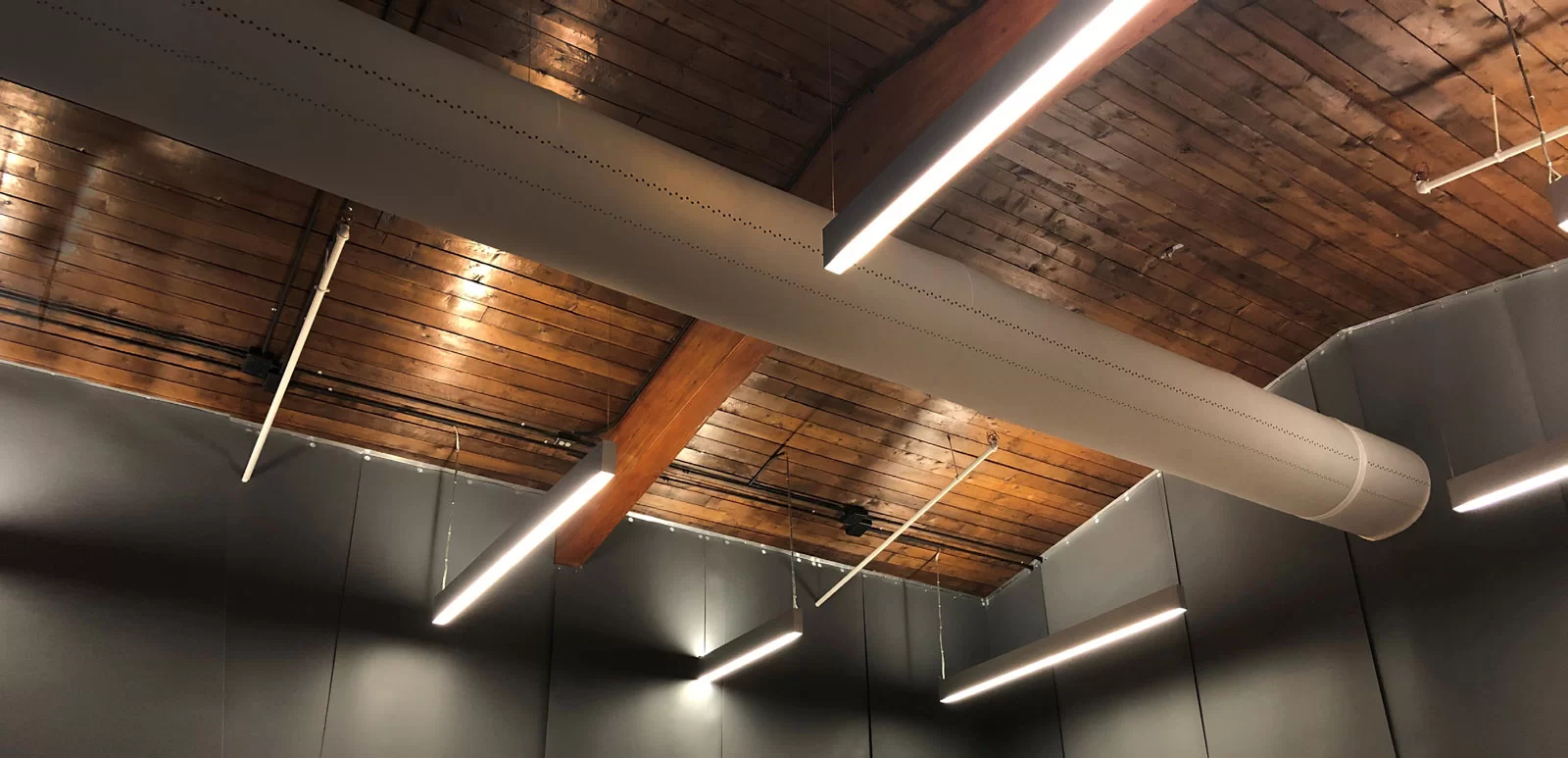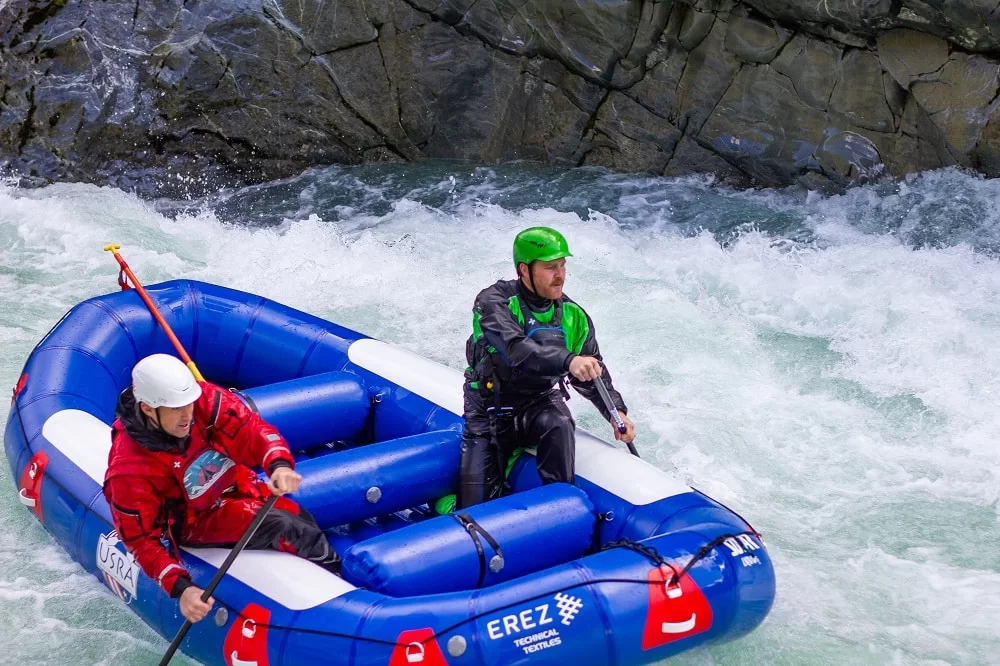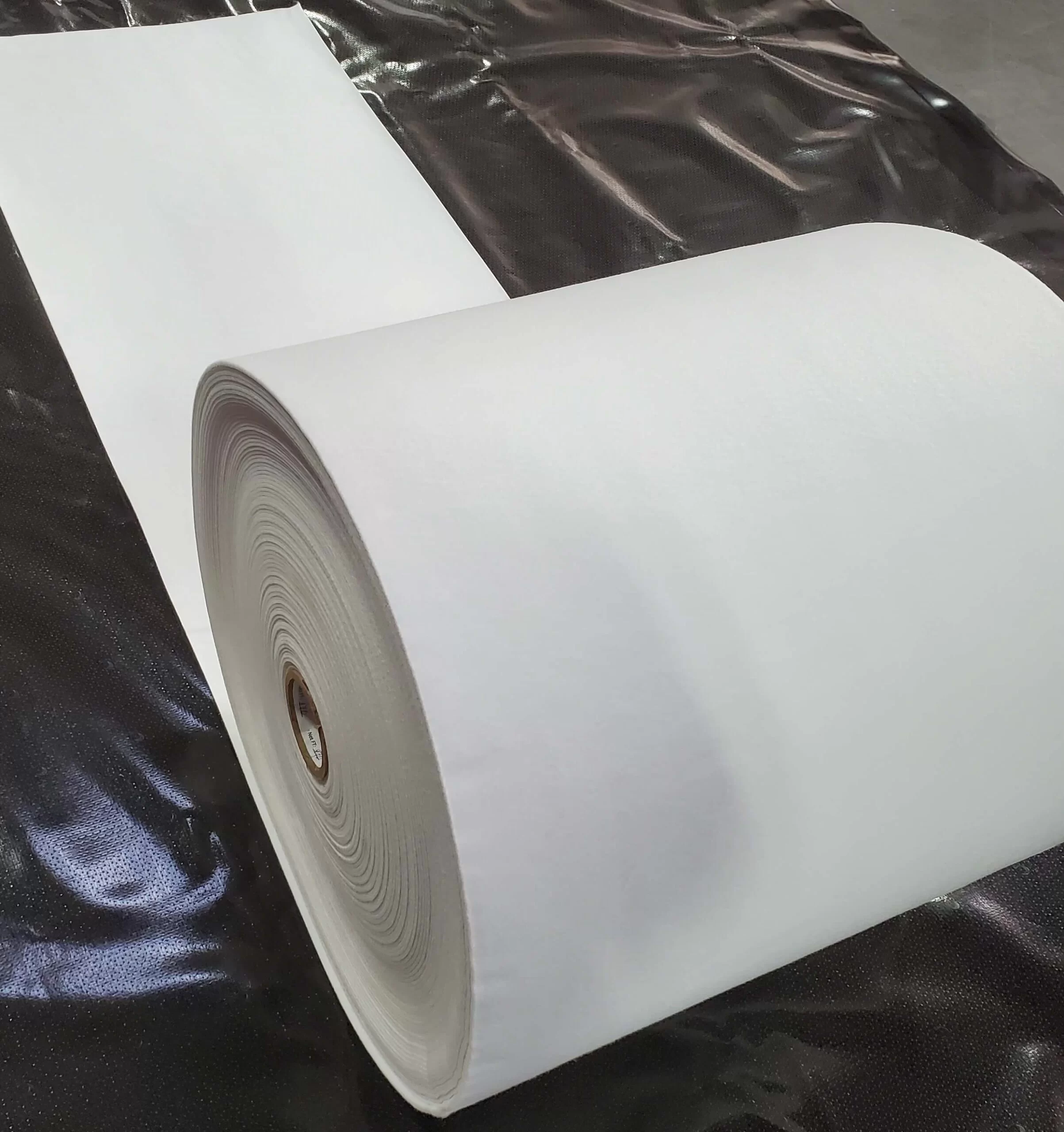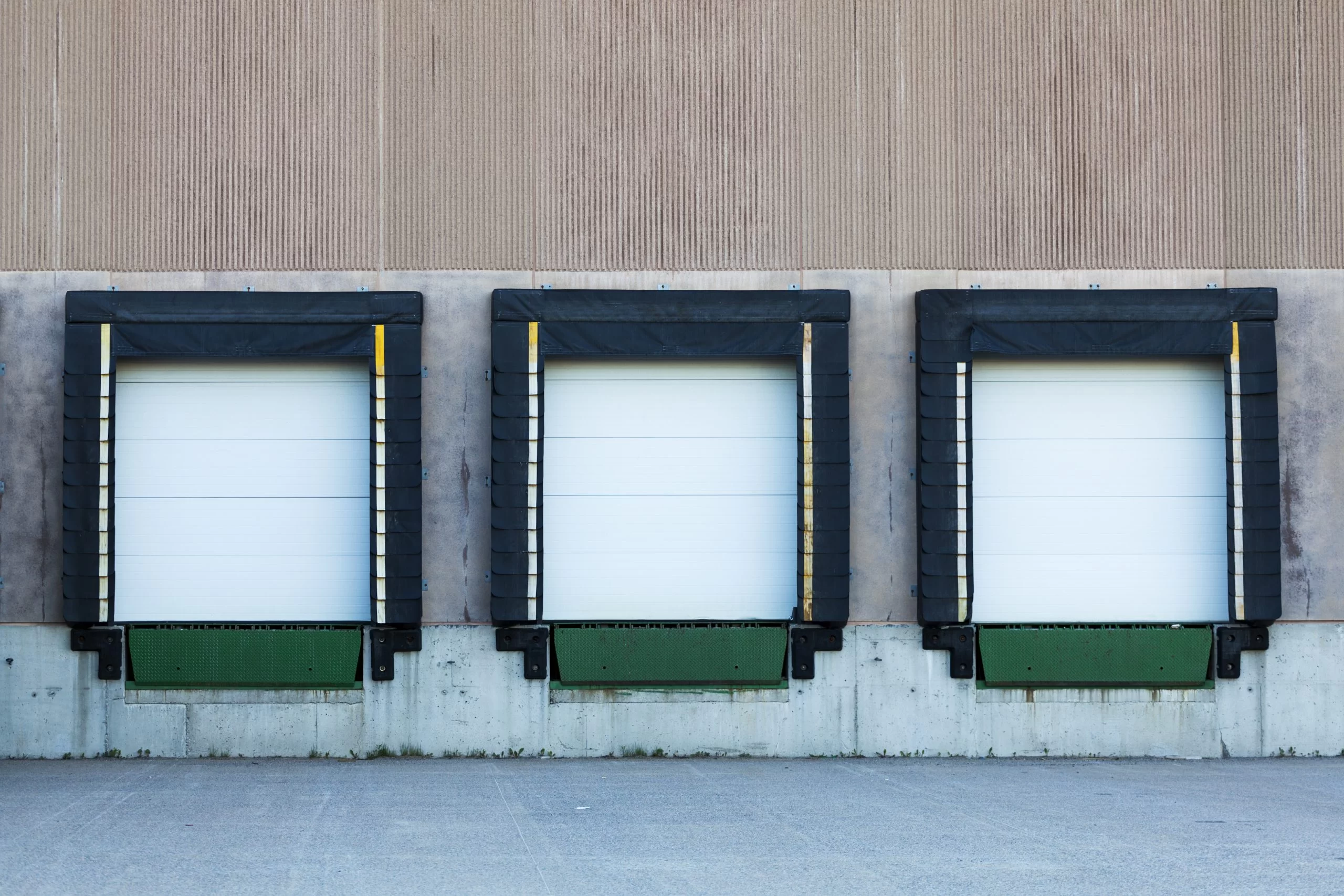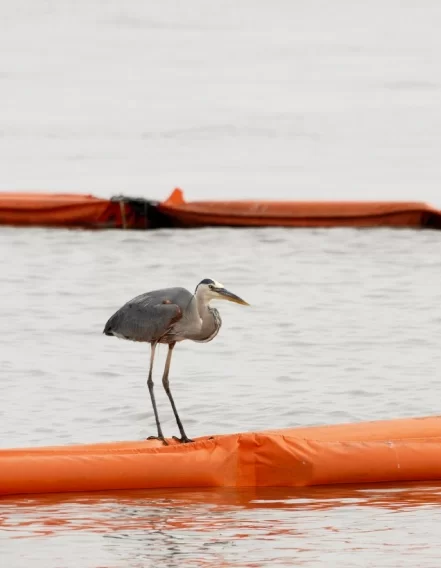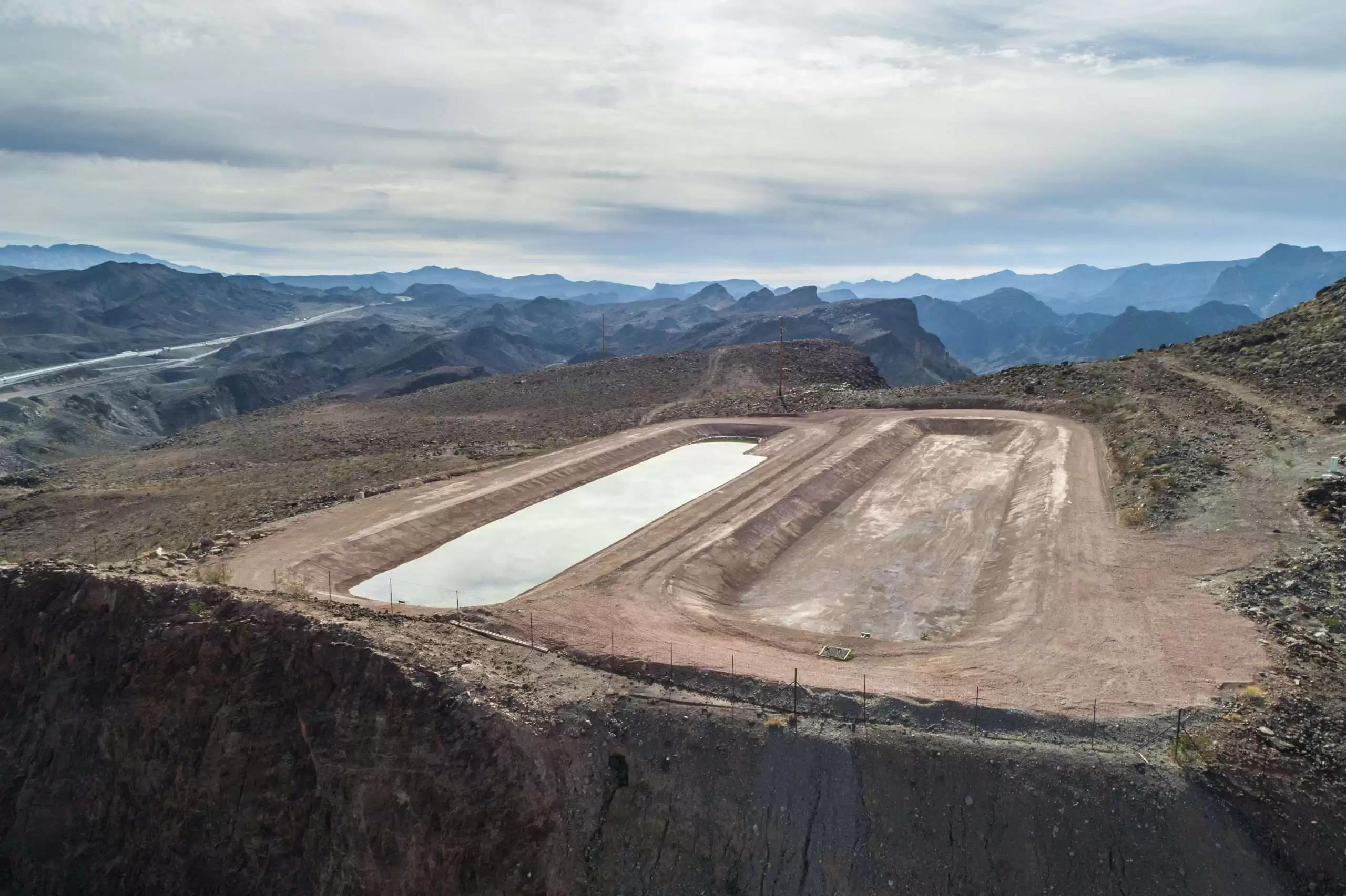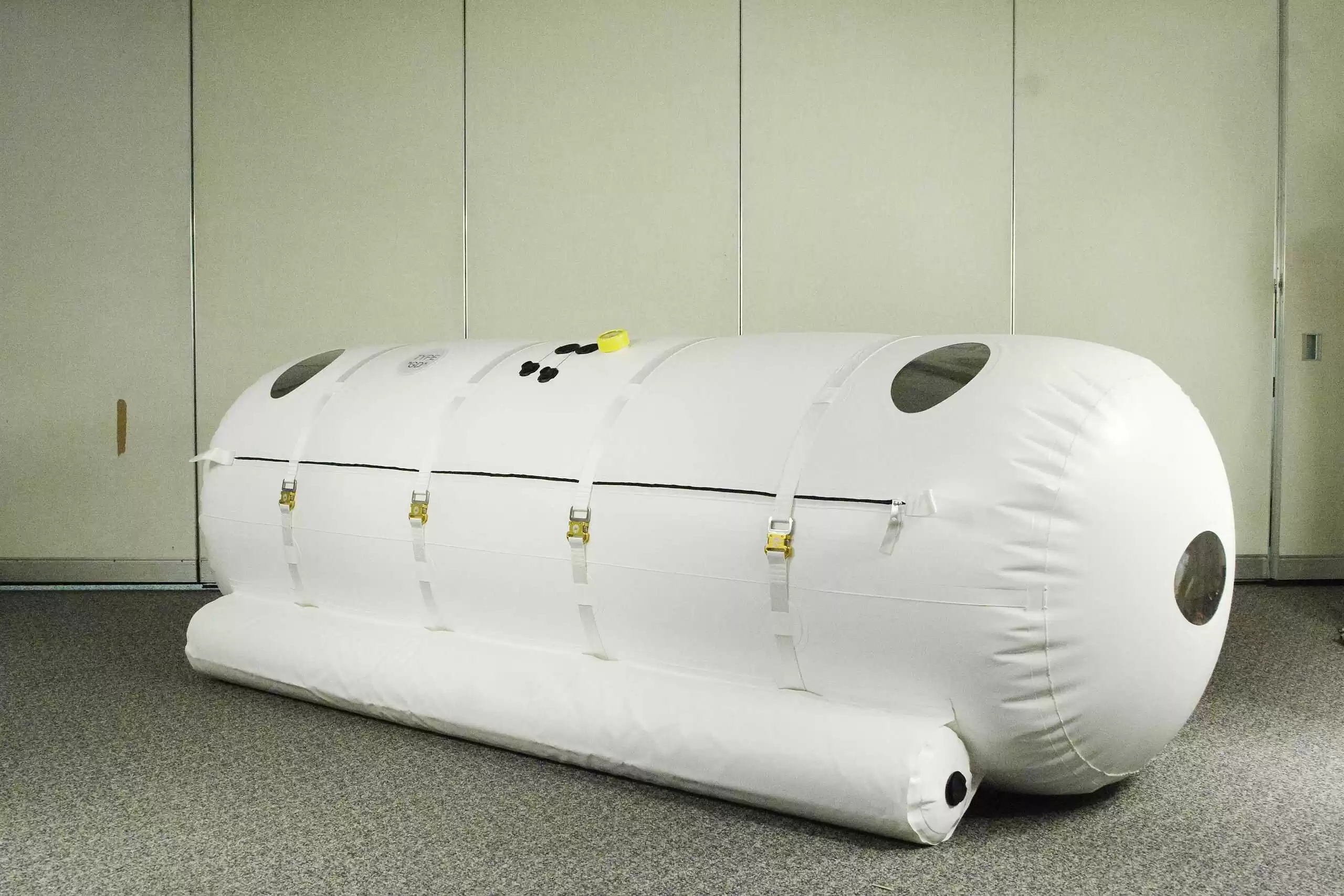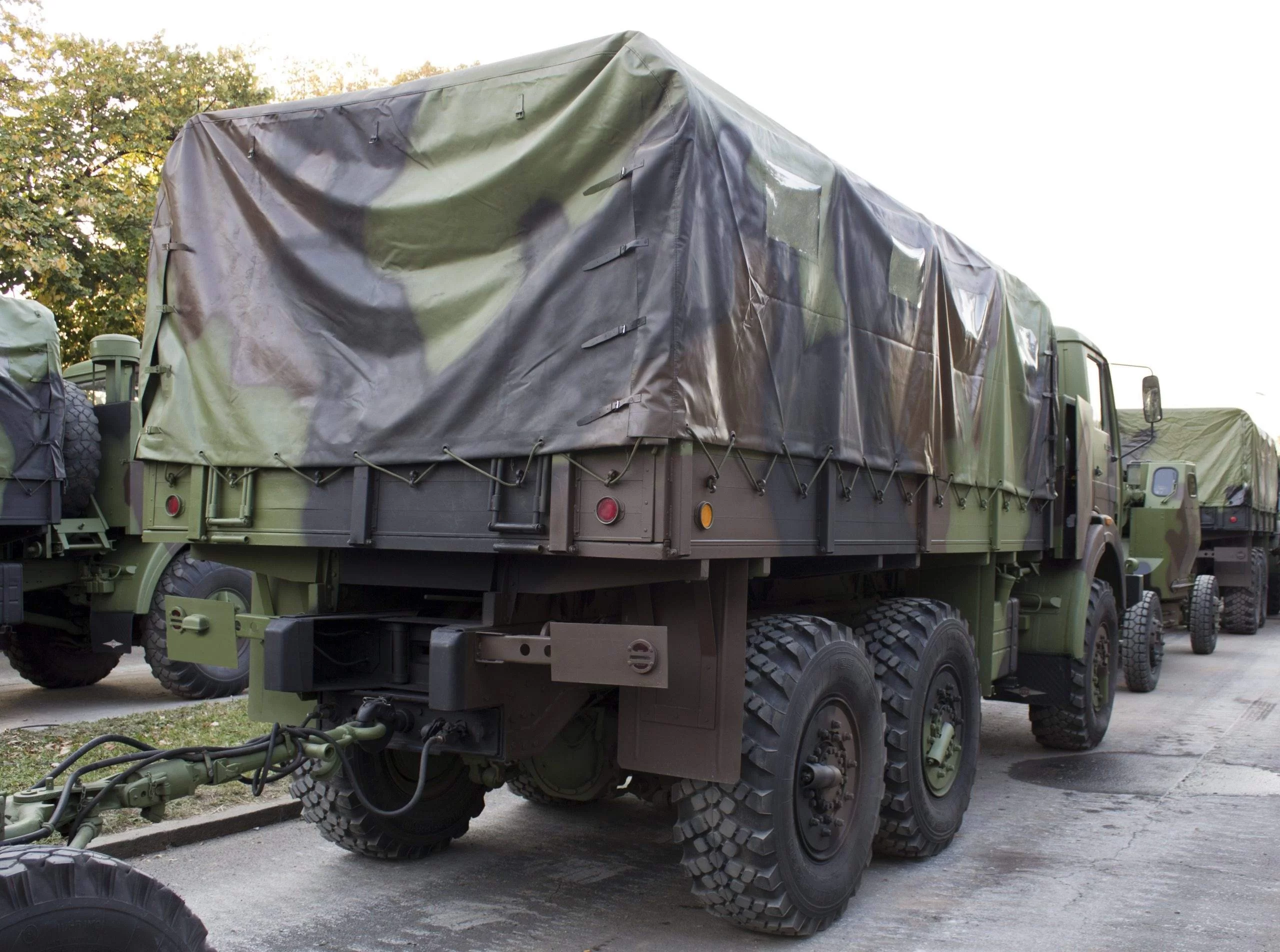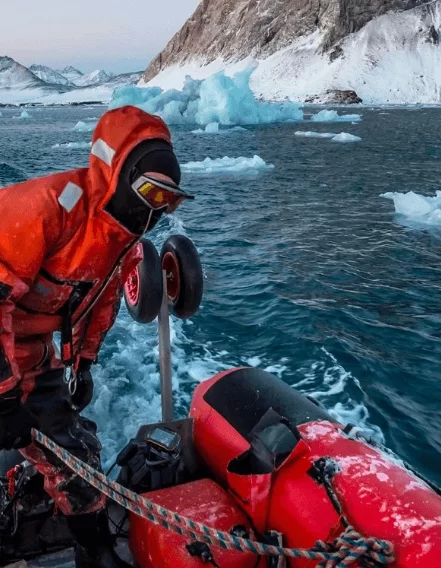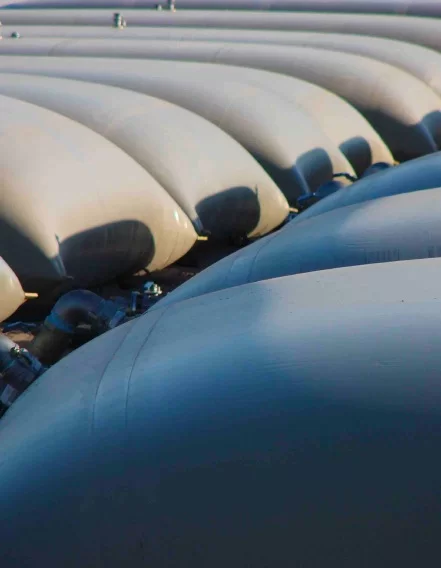Table of Contents
Why Material Matters for Lightweight Kayaks
For paddlers who travel light—short hikes to the water, flights, urban transport—inflatable kayaks offer unmatched flexibility. But every ounce and every square inch of material affects performance: weight, packability, resistance to abrasion, UV exposure, and longevity.
At E Squared, we help kayak manufacturers and outdoor gear designers match material technologies with user needs so that “lightweight” doesn’t mean “fragile.” The right textile builds confidence—not compromise.
Key Decision Points When Selecting Fabric
Before settling on PVC, CSPE, TPU, or hybrids, it’s crucial to answer some foundational questions. These guide material trade-offs for portability, durability, cost, and user satisfaction.
Decision Area |
Questions to Ask |
Why It Matters |
Use Case & Environment |
Will your kayak be used mostly in saltwater, freshwater, or mixed? |
Affects material degradation, weight choice, chemical resistance. |
Portability & Storage |
What weight & pack-size targets are feasible? |
Drives choice of seam type, material flexibility, ease of transport. |
Durability & Performance |
What abrasion or impact is expected (rocks, sand, dragging)? |
Critical for selecting coatings, reinforcement, fabric strength. |
Comparing Common Materials: Pros, Cons & Best Applications
Here’s a breakdown of material options, aligned with those decision areas above:
| Material | Advantages | Trade-Offs | Best Fit When… |
| PVC | Affordable, good UV tolerance, widespread availability. EREZ Technical Textiles | Heavier than TPU alternatives; environmental concerns; less desirable for ultra-portable packrafts. EREZ Technical Textiles | Targeting low cost, occasional use, less concern for carry-weight. |
| CSPE (Hypalon-type) | Excellent UV & chemical resistance; good durability. EREZ Technical Textiles | Usually only adhesive bonding; heavier; less efficient to manufacture/repair. EREZ Technical Textiles | Boats expected to see heavy sun/nearly perpetual UV exposure, long lifespans, less critical on weight. |
| TPU (Thermoplastic Polyurethane) | Strong abrasion & puncture resistance; lighter; heat-weldable seams; more eco-friendly options.EREZ Technical Textiles | Cost is higher; specialized welding or bonding techniques needed; some trade-offs in stiffness unless reinforced. | When weight, packability, durability, and field repairability are all high priorities. “Packraft” style kayaks often use TPU. EREZ Technical Textiles |
Advanced Fabric Features: Going Beyond the Basics
If you’re pushing the limits of “lightweight but rugged,” these features make a real difference:
- Reinforced coatings or yarns (e.g. Aramid/Kevlar reinforcements) to reduce puncture risk without heavy bulk.
- Heat-welded seams over adhesives: better air retention, cleaner overlap, improved repairability in the field.
- High UV stability additives + resistant color pigmentation: prevents fading, brittleness.
- Layered or hybrid constructions (lighter base + reinforced bottom panels) to optimize weight vs wear.
Aligning Your Material Choice with Design Goals
At E Squared, we don’t just deliver materials—we help you structure your specification so that the final product satisfies real user demands. Here’s how our process works:
- Design-Input Survey: Establish weight, packability, use environment, expected abuse, cost target.
- Material Recommendation Matrix: Map responses to material & seam options.
- Sample Prototyping & Testing: Check abrasion, inflation cycles, UV exposure, seam strength.
Adjustment & Optimization: Reinforce weak points, adjust coatings, refine color & visibility as needed.
Why E Squared Is the Right Material Partner
- Experienced in TPU formulations tuned for UV, abrasion, chemical resistance.
- Skilled in heat welding techniques and advising on seam types that hold up under use.
- Offer reinforced hybrid fabric solutions (e.g. lightweight TPU + high strength yarns).
- Focus on eco-impact and lifespan, ensuring materials are as sustainable and long-lasting as possible.
Summary: What to Prioritize
If you’re developing or refining a lightweight inflatable kayak line, prioritize:
- TPU with welding seams if minimal weight + durability are key.
- Reinforced bottoms or high wear areas.
- UV-stable color and coatings if used under strong sun.
- A good balance between portability (weight, pack size) and robustness (abrasion, impact, seam strength).
Ready to Explore Material Options for Your Kayak Line?
Let’s talk about your target weight, usage, and design goals—and match them to TPU/Hybrid fabric solutions that deliver.
Contact E Squared Technical Textiles for material samples, technical specifications, or a design consultation tailored to your inflatable kayak project.

